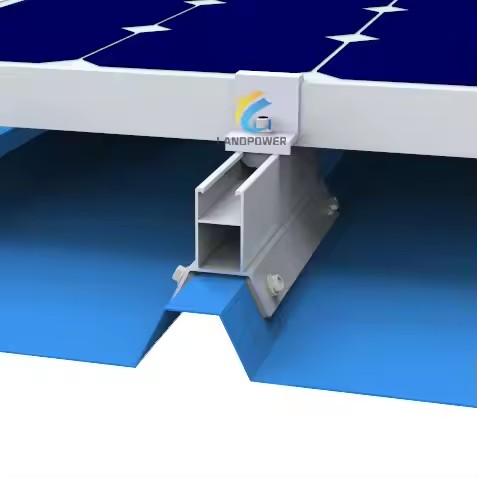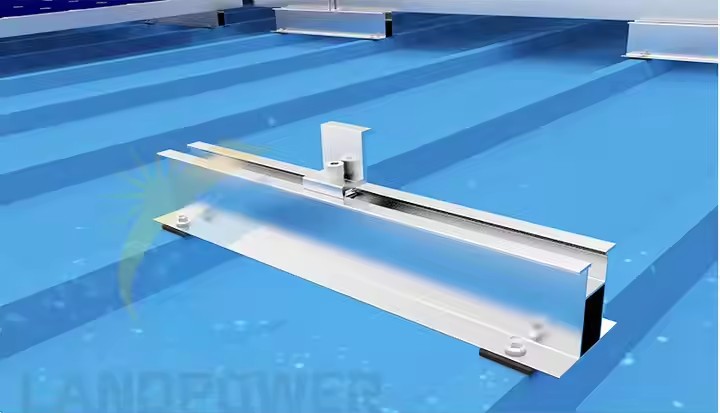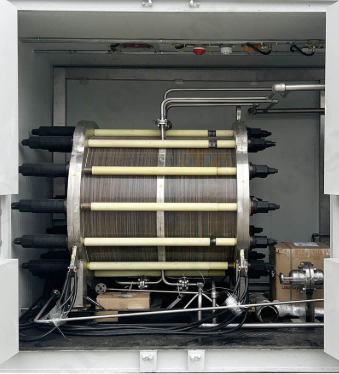In modern power distribution systems, low voltage withdrawable switchgear has become a crucial component for enhancing the flexibility, reliability, and maintainability of electrical systems. Its modular design, drawer-type structure, and quick maintenance advantages have made it widely used in industrial, commercial, and public facilities. This article delves into the design features, functional benefits, and applications of low voltage withdrawable switchgear, with a detailed analysis of how it enhances system flexibility.
Design and Features of Low Voltage Withdrawable Switchgear
The core design concept of low voltage withdrawable switchgear is modularity and drawer-type structure, which provides exceptional flexibility in equipment expansion, maintenance, and replacement. Compared to traditional fixed switchgear, low voltage withdrawable switchgear’s modular design allows for the quick replacement and maintenance of individual units, reducing downtime and improving system operational efficiency.
Modular Design
The modular design of low voltage withdrawable switchgear means that each functional unit (such as circuit breakers, contactors, measurement units, etc.) is integrated into an independent module, which can be replaced or added as needed. For instance, the GCS Low Voltage Withdrawable Switchgear Cabinet adopts standardized modules, allowing various functional units to be quickly inserted or removed. This not only facilitates daily maintenance but also effectively shortens equipment fault recovery time.
One of the advantages of modular design is scalability. As the load on the distribution system changes, users can easily add or reduce modules as required, without the need for large-scale replacements of the entire system, significantly saving on maintenance and modification costs.
Drawer-type Structure
The drawer-type design allows the internal modules of the switchgear to be conveniently inserted or removed like drawers. This can be done without disconnecting the main power supply or cutting off electricity, enabling quick module replacement or servicing, which greatly enhances system availability. This is particularly crucial in industries where continuous power supply is essential, such as healthcare, telecommunications, and finance.
How Low Voltage Withdrawable Switchgear Enhances System Flexibility
Quick Maintenance and Fault Recovery
Traditional fixed switchgear requires disassembling or shutting down the entire cabinet when a fault occurs, severely impacting system continuity. In contrast, low voltage withdrawable switchgear allows for rapid withdrawal of faulty modules and their replacement or repair without power shutdown, ensuring the normal operation of the system. This is especially important in critical applications such as hospitals, data centers, and large industrial facilities, where maintaining stable power supply is vital.
Example: Application in Data Centers
In a data center, even a brief power interruption can cause system crashes or data loss. The flexibility of low voltage withdrawable switchgear ensures that the power supply to critical equipment remains unaffected during operation. If a module fails, technicians can immediately withdraw the faulty module and replace it, avoiding long downtimes that could lead to significant losses.
Flexible Combination of Functional Units
Low voltage withdrawable switchgear offers flexible combinations of various functional units, including circuit breakers, measurement units, protection units, overload protection units, and more. Users can freely combine these modules based on the actual needs of the power system, achieving customized power distribution solutions. For example, GGD Low Voltage Switchgear Manufacturers offer cabinets that support the free combination of different functional units to meet various power load requirements.
This flexible configuration improves system adaptability and also reserves space for future expansion and upgrades. When demand grows or equipment needs to be updated, users only need to add or replace specific modules, rather than replacing the entire switchgear system.
Efficient Space Utilization
Another significant advantage of low voltage withdrawable switchgear is its efficient space utilization. Due to its modular design, the switchgear can accommodate more functional units within a smaller space while maintaining a compact structure and organized wiring. This design is particularly advantageous in space-constrained environments, such as urban distribution stations or high-rise commercial buildings.
For example, in some urban distribution stations where space is limited, traditional fixed switchgear often occupies large areas. In contrast, low voltage withdrawable switchgear can efficiently utilize the limited space without sacrificing system performance or safety.
Applications of Low Voltage Withdrawable Switchgear
Industrial Manufacturing
In industrial manufacturing, power demands are often complex and variable, requiring systems with high reliability and flexibility. The modular design of low voltage withdrawable switchgear can meet different equipment load requirements while providing rapid response and maintenance. During production, if a module fails, it can be quickly replaced, preventing production stoppages or equipment damage.
Commercial Buildings and Public Facilities
In commercial buildings (such as large shopping malls and office buildings) and public facilities (such as airports and subway stations), power distribution systems need to be highly flexible to accommodate expansion needs. Low voltage withdrawable switchgear can adapt to different scales of power distribution needs through flexible configuration, while also providing convenience for future expansions and modifications.
For instance, in a large shopping mall, the power demand changes with business fluctuations. The modular design of low voltage withdrawable switchgear can quickly adjust the module configuration based on the mall’s changing power needs.
Data Centers and High-End Applications
Data centers have high demands for the stability and redundancy of power systems. Low voltage withdrawable switchgear can provide highly reliable power support to data centers, while real-time monitoring systems enable precise power distribution and load balancing.
In a data center, low voltage withdrawable switchgear, through real-time monitoring and remote control features, allows maintenance personnel to detect potential power issues early and take swift action, ensuring the smooth operation of the entire data center.
Fixed Switchgear vs. Withdrawable Switchgear
Compared to fixed switchgear (such as GGD Low Voltage Fixed-mounted Switchgear), low voltage withdrawable switchgear offers significant advantages in terms of flexibility, scalability, and ease of maintenance. While fixed switchgear is simple and cost-effective, it lacks the modular and withdrawable design flexibility, making it less adaptable to changes in demand or equipment failure.
Fixed switchgear: Suitable for small systems or scenarios with low flexibility requirements, typically simple in design and cost-effective.
Low voltage withdrawable switchgear: Ideal for scenarios with high requirements for power system reliability and flexibility, such as large industrial facilities, commercial buildings, and data centers.
Low voltage withdrawable switchgear, with its modular design, drawer-type structure, flexible functional unit combinations, and efficient space utilization, has become an indispensable part of modern power distribution systems. It offers unmatched advantages in industrial, commercial, and high-end application scenarios, especially in environments where reliability and flexibility are paramount, providing significant convenience.
If you are looking for a reliable and flexible low voltage withdrawable switchgear solution, Enecell’s professional team is ready to provide you with tailored products and technical support to optimize your power distribution system and improve overall operational efficiency.












